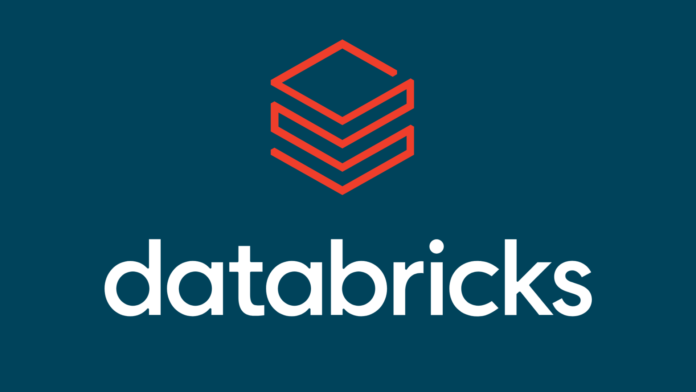The Article Tells The Story of:
- Databricks unleashes Lakebase, a live OLTP database that rewires how apps access data.
- Agent Bricks builds AI agents—and then judges them with other AIs.
- Vibe coding lets you tell AI what to build using plain speech, no code needed.
- Databricks pushes for a future where live AI builds, tests, and deploys everything in real time.
Databricks Introduces New AI Tools to Strengthen Its Lakehouse Platform
Databricks has launched new AI tools to expand its data lakehouse platform. At its annual Data + AI Summit, the company introduced Lakebase, Agent Bricks, and natural language coding tools. These tools aim to simplify AI app development, automate AI agent testing, and help users write code using plain language prompts.
Lakebase is a serverless database built on PostgreSQL. Databricks added it after acquiring Neon Inc. Lakebase supports transactional workloads. It also separates compute from storage and connects directly to open object stores. This lets users access and replicate data in and out of the lakehouse.
Databricks says Lakebase simplifies AI-driven app development. Users can manage their data and analytics with one control panel. This improves speed and consistency for teams working on AI applications.
Read More About Our Article of ChatGPT Adds Google Drive Access and Meeting Notes for 3 Million Business Users Published on June 6, 2025 SquaredTech
Agent Bricks Automates AI Agent Development
Agent Bricks is another major release. This tool builds and tests AI agents using natural language. Users can tell Agent Bricks what they want an AI agent to do. The platform then creates agents, monitors their behavior, and adds AI judges to evaluate their performance.
Each AI judge checks how well an agent completes tasks. The judges use MLflow to track agent data. This helps developers refine their agents faster and more accurately. Developers can also build agents like information extractors, assistants, and multi-agent supervisors.
Databricks plans to use Agent Bricks to reduce manual tuning. The tool supports automatic monitoring and version control. It helps teams improve agent performance without repeated testing.
Vibe Coding Lets Users Code with Natural Language Prompts
Databricks also revealed tools that support vibe coding. Vibe coding means writing code by using natural language commands. This approach removes the need to write syntax-heavy code. Instead, users describe what they want, and the system generates the code.
This system ties into Databricks’ Unity Catalog and other platform tools. Users can request database queries, AI model creation, or workflow automation through plain language. The tools respond by creating executable code inside the Databricks environment.
George Gilbert from theCUBE Research says Databricks is expanding its ecosystem with these tools. He noted that the platform now supports full application development, not just data storage and analytics. Gilbert said this gives Databricks an edge over Snowflake by offering stronger integration and support for transactions.
Databricks Focuses on AI Integration Across Its Platform
Databricks is building AI tools into every part of its platform. These updates aim to make AI more accessible to businesses and developers. With Lakebase, Agent Bricks, and vibe coding, users can build and deploy apps faster.
The company says this is part of its mission to turn the lakehouse into a complete development environment. Databricks wants users to create, test, and run AI tools without needing separate platforms.
Gilbert predicts Databricks will continue to expand vibe coding features. He believes this natural language interface will become a standard way to build apps on the platform.
Databricks’ AI tools are available now for users inside its unified data and AI environment. These updates mark another step in Databricks’ effort to lead the AI software market.
Stay Updated: Artificial Intelligence


